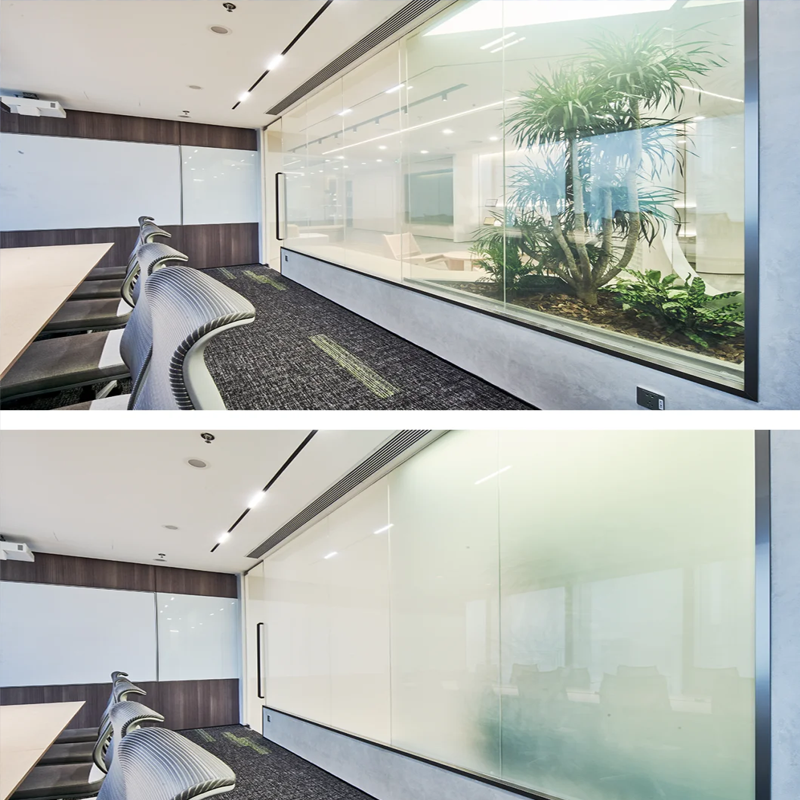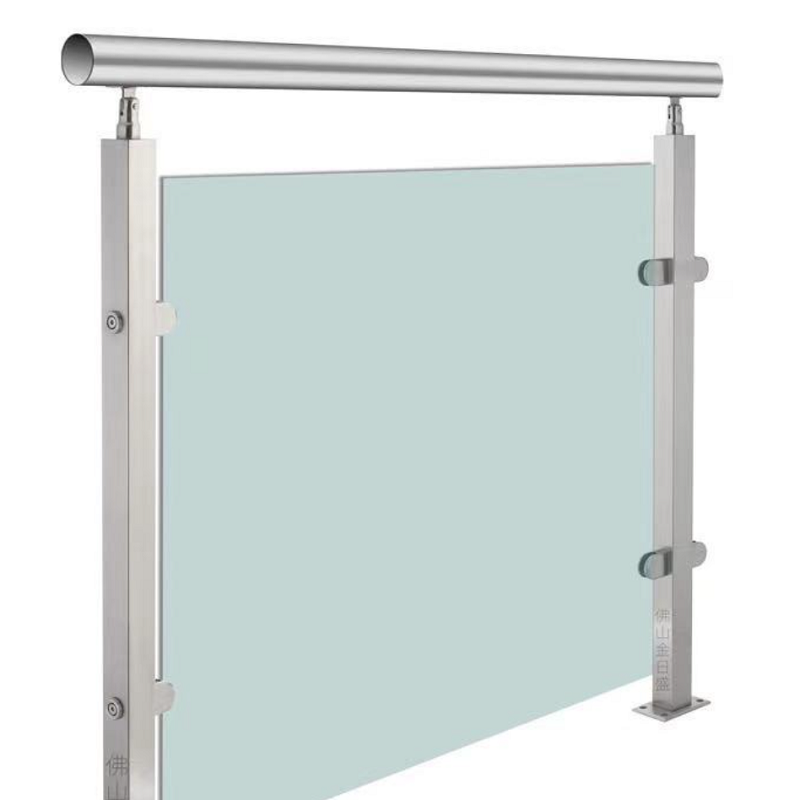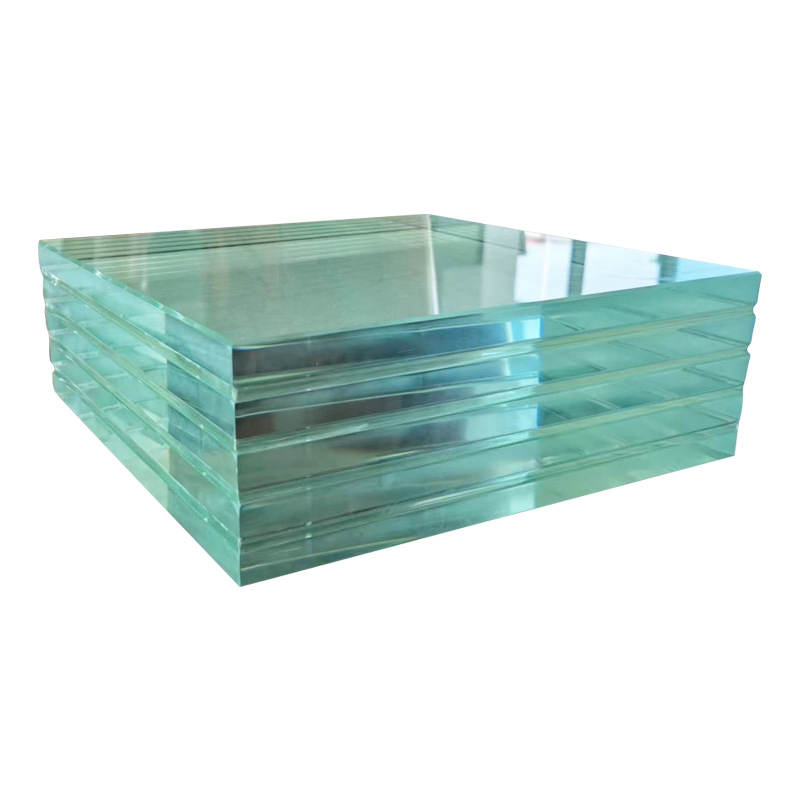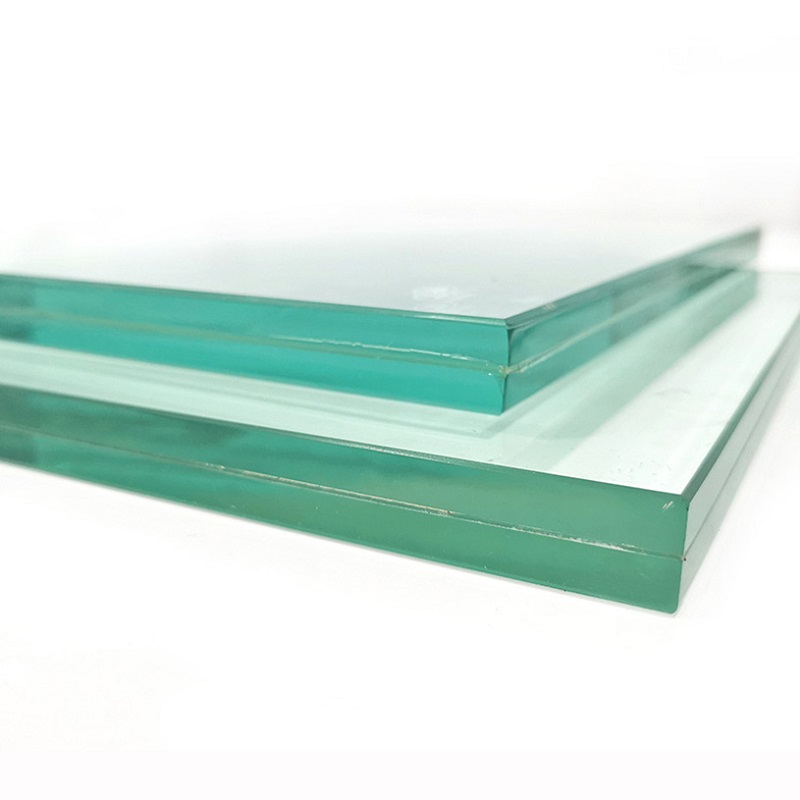Smart Glass: The Light and Shadow Magician Illuminating a Green Future

In today's era of pursuing sustainable development, energy consumption in the construction sector has attracted significant attention. Glass, as a fundamental element of buildings, is undergoing a transformation from traditional material to smart material. Smart glass optimizes natural lighting, not only enhancing indoor comfort but also achieving remarkable energy-saving effects. This innovative material is quietly changing our way of life. Let’s explore its mysteries together.
The Birth and Principles of Smart Glass: Leaping from Tradition to Intelligence
Glass, an ancient material, has continuously evolved over thousands of years. From ordinary flat glass to modern smart glass, advancements in material science have driven the intelligent transformation of this traditional building material. The core breakthrough of smart glass lies in its unique light-responsive characteristics, allowing it to automatically adjust light transmittance and thermal insulation based on environmental conditions.
Electrochromic technology is one of the key implementations of smart glass. By embedding special electrochromic materials within the glass interlayer, ions in the material migrate when a low voltage is applied, changing the color and transparency of the glass. This process is reversible, enabling users to adjust the brightness of the glass as needed. Another technology, thermochromic, automatically adjusts based on ambient temperature without manual intervention, achieving fully autonomous intelligent regulation.
Glass manufacturers have played an indispensable role in the research and development of this field. Through continuous technological innovation, they have not only improved the response speed and lifespan of smart glass but also significantly reduced production costs. Today’s smart glass can complete state transitions in seconds, with a lifespan of several decades, truly achieving breakthroughs in commercial applications.
Energy-Saving Benefits and Application Scenarios: The Intelligent Revolution of Natural Lighting
The energy-saving performance of smart glass is remarkable. Studies show that buildings using smart glass can reduce energy consumption by over 30% compared to traditional buildings. This is primarily due to its exceptional light-regulation capabilities, which maximize the use of natural light, reduce the need for artificial lighting, and effectively control indoor temperatures, lowering the energy consumption of air conditioning systems.
In the commercial building sector, smart glass demonstrates immense value. When used in the glass curtain walls of high-rise office buildings, smart glass not only creates a comfortable working environment but also significantly reduces operational costs. Particularly on east- and west-facing building facades, smart glass effectively blocks direct low-angle sunlight, preventing excessive heat buildup.
Residential applications are another important area for smart glass. As modern people increasingly demand higher living standards, smart glass provides more intelligent lighting solutions for homes. It automatically adjusts to a transparent state in the morning, allowing soft morning light to wake the household; it dims at noon to avoid overheating indoors; and it returns to transparency in the evening, allowing residents to enjoy the beautiful sunset. This intelligent light management enhances quality of life while achieving energy savings.
Innovations and Challenges for Glass Manufacturers: The Engine Driving Industry Progress
Glass manufacturers play a central role in advancing the smart glass industry. In response to growing market demand, major glass manufacturers are continuously increasing their investment in research and development to drive technological progress. Some leading glass manufacturers have established comprehensive R&D systems, covering everything from basic material research to production process optimization and application scenario development, forming a complete innovation chain.
In terms of production processes, glass manufacturers face numerous challenges. The manufacturing process for smart glass is far more complex than that of traditional glass, requiring precise control at every step. Particularly in the production of large-area smart glass, manufacturers’ technical expertise is put to the test. To ensure product quality, glass manufacturers must invest in advanced production equipment and implement strict quality control systems.
Cost control is another major challenge for glass manufacturers. The initial investment cost of smart glass is relatively high, which to some extent limits its widespread adoption. To address this issue, glass manufacturers are employing various methods, such as mass production, process optimization, and the development of new materials, to continuously reduce production costs. As technology matures and production volumes increase, the price of smart glass is gradually becoming more affordable.
Future Prospects and Conclusion: Smart Glass, Illuminating a Sustainable Tomorrow
Looking ahead, the development prospects for smart glass are vast. With the integration of new technologies such as the Internet of Things and artificial intelligence, the next generation of smart glass will possess even more powerful functions. We can anticipate that future smart glass will not only automatically adjust light but also deeply integrate with building energy management systems, enabling more refined energy management.
Technological innovation will continue to drive industry development. Glass manufacturers are currently developing new types of smart glass with integrated innovative features. For example, photovoltaic smart glass can both regulate light and generate electricity, achieving energy self-sufficiency; self-cleaning smart glass can maintain surface cleanliness, reducing maintenance costs; and interactive smart glass can even serve as a display interface, expanding the digital functionality of building spaces.
In an era where the concept of sustainable development is deeply rooted, smart glass represents the future direction of building materials. It not only effectively reduces building energy consumption, contributing to the achievement of carbon neutrality goals, but also creates more comfortable and healthy living environments for people. As technology continues to advance and costs steadily decline, smart glass is poised to embrace broader application prospects, contributing to the construction of green, smart cities of the future.
Glass manufacturersGlass manufacturersGlass manufacturers





